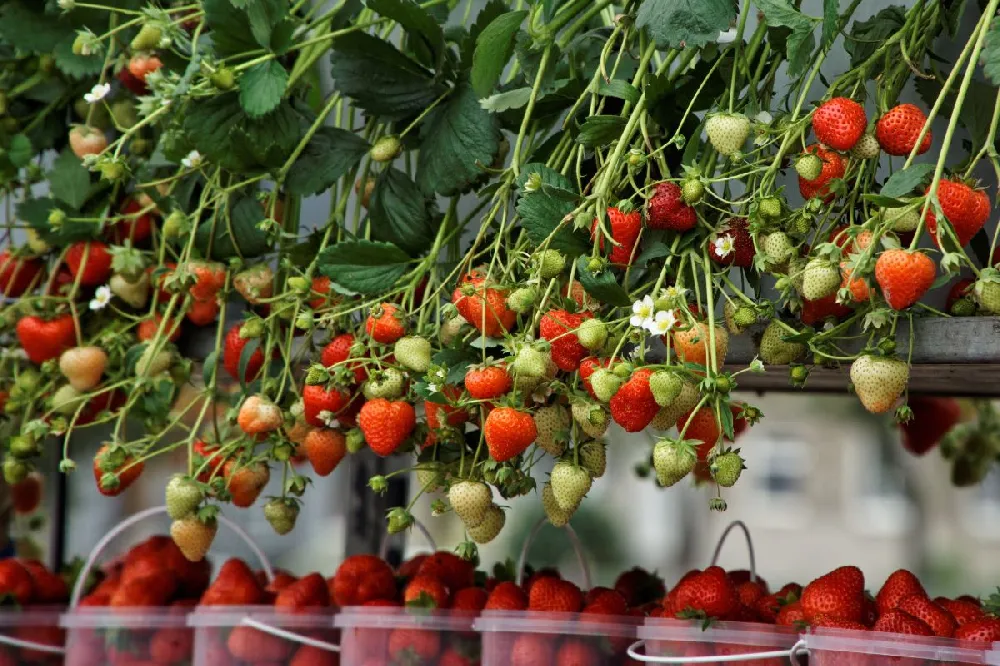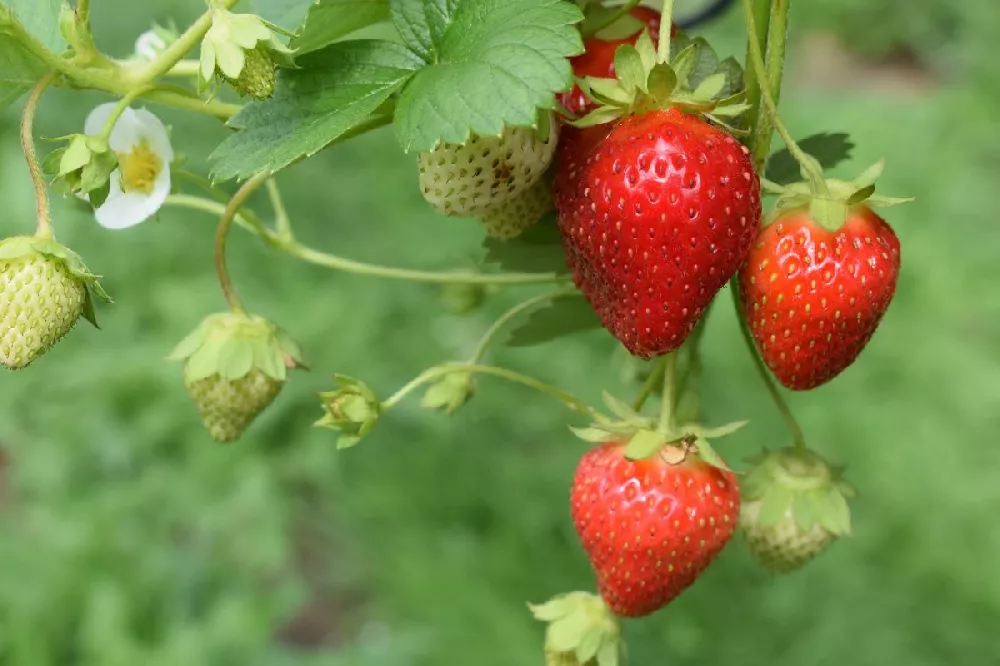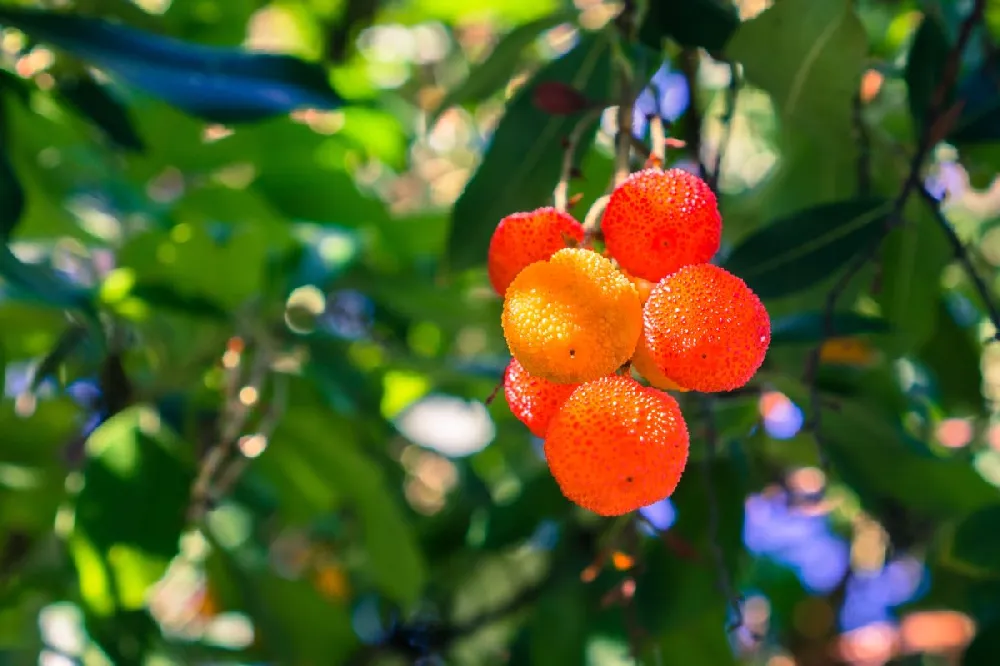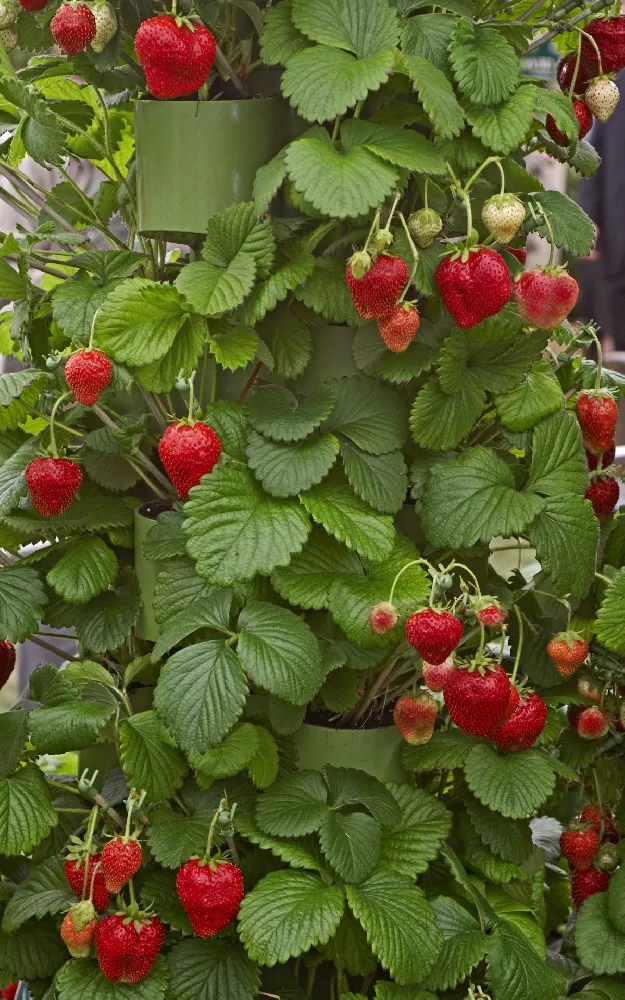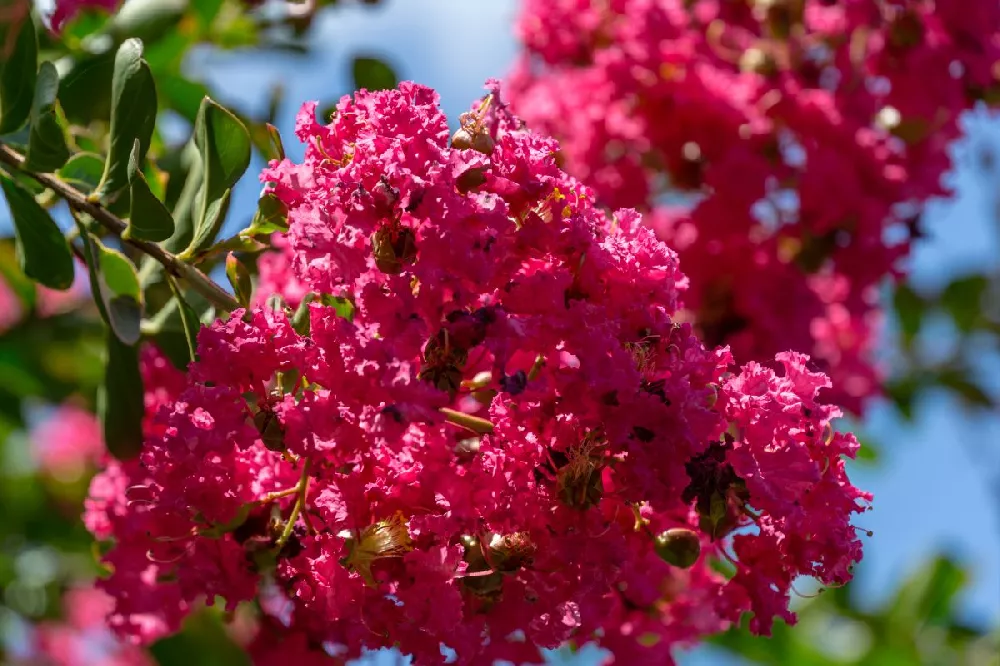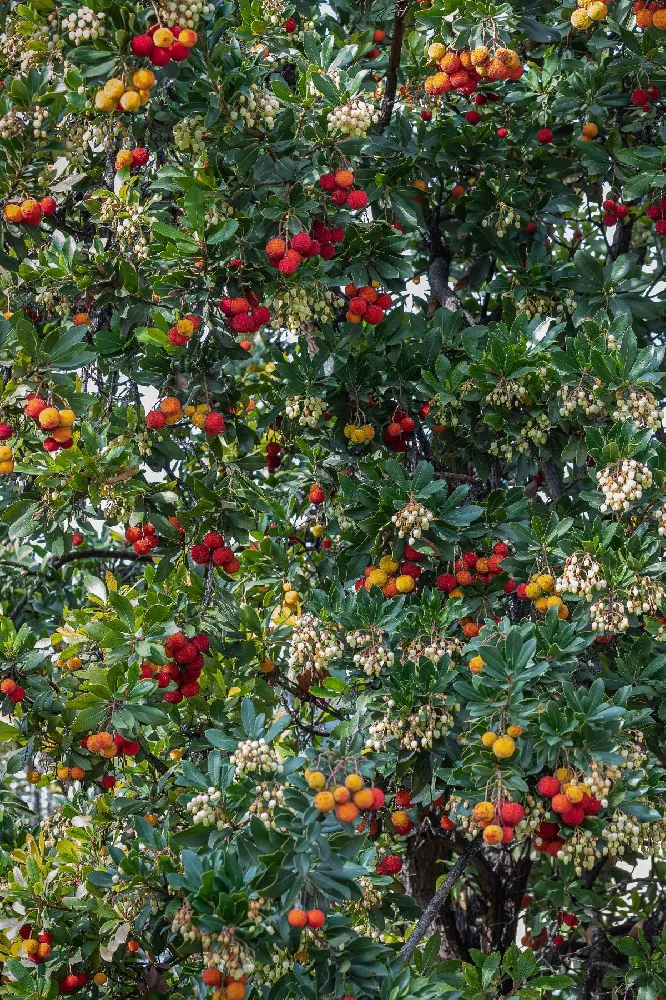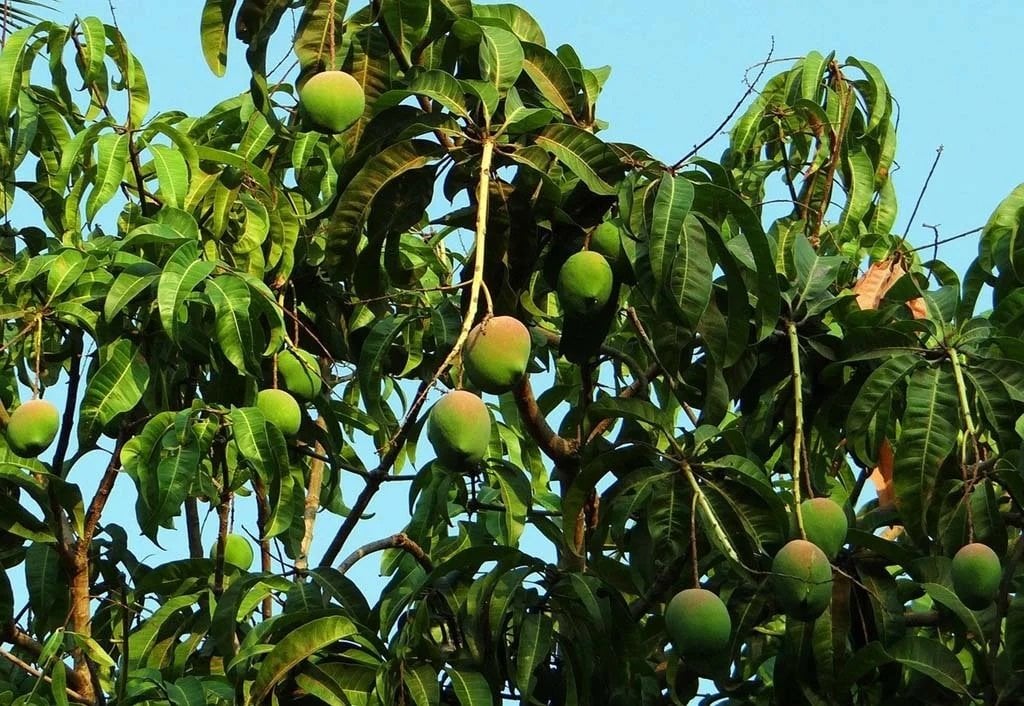- Home >
- Strawberry Bushes
Strawberry Bushes for Sale - Buying & Growing Guide
6 Results
How to Grow Strawberry Bushes
How to plant strawberry bushes
In the wild, strawberry bushes grow in forested areas under trees, so plant your bush in partial shade. It likes a rich soil that has a high concentration of organic matter and retains moisture. Strawberry bushes are a good choice to plant if you’re looking to create a natural, woodland-like setting on your property.
To plant your strawberry bush, dig a hole twice as wide and a little deeper than the root ball. Mix some leaf mold or compost in the bottom of the hole. Tease out the root ball so the roots extend out and don’t girdle the ball. Place the bush in the hole, and backfill (replace the dirt you removed) with soil that’s been enriched with organic material, such as leaf mold.
Water your bush generously after planting. Continue to water every few days for several months until the plant has established itself and you see signs of robust growth.
How to achieve maximum results
Like all new plantings, a strawberry bush benefits from increased care in the first year after it’s planted. Keep a close eye on it to monitor water uptake. If the leaves of the bush start to droop, you may need to provide supplemental watering. Since deer consider strawberry bushes very tasty, it may also help to fence off your young plant or use a deer spray to deter them from eating the young branches and leaves.
How to Care for Strawberry Bushes
Watering and nutrients
In keeping with its origin as a woodland plant, the strawberry bush likes soil that is high in humus, or organic matter, which holds onto water well. Although the bush doesn’t want to sit in a puddle, regular watering or rainfall is helpful—roughly one inch of water per week is best.
Strawberry bushes aren’t heavy feeders, especially if they are planted in fertile soil. A light spring feeding of a general purpose fertilizer is all that your strawberry bush needs to thrive.
Pollination
A strawberry bush has small green flowers that open in spring and are dioecious, meaning that male and female flowers are on separate bushes. Flying insects, such as bees, take pollen from a male flower to a female flower, and a prickly fruit emerges in late summer. This fruit then splits open to reveal shiny, red-orange seeds that give the bush its common name. The seeds are poisonous for humans, and should never be eaten.
Pruning
Strawberry bushes don’t need much pruning. They are best left to attain their natural shape, with just a light clipping to remove any unruly branches. The strawberry bush does produce suckers from its base, which you can either leave or prune out. Pruning is best done in early spring, before leaves obscure the shape of the bush.
Pests, diseases, and animals
The strawberry bush is prone to pests, including euonymus scale, which can sometimes be controlled by pruning out infected branches. Yellow spots on the leaves and the presence of small whitish insects on the underside of leaves indicate scale insects. Horticultural oil may also help control for scale.
Diseases include powdery mildew, which occurs when plants are placed too close together or debris is left around them. Control this disease with pruning and a copper fungicide. Crown gall, cercospora leaf spot, and anthracnose may also affect the bushes.
Deer are known to feed on strawberry bushes, especially when the plants are young. Birds may eat the berries, which are best left for them since they are poisonous for humans.
